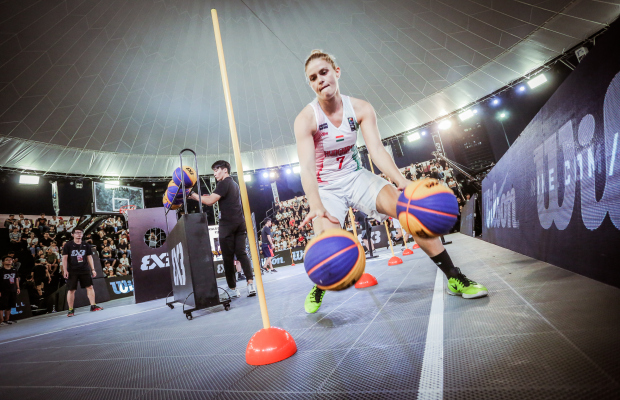Visuals should be an aid to the presentation – not the focal point. After all, if everything is on a slide, why not just hand it out and answer questions? If too much is on a slide, people will be reading, not listening. Write your presentation and see where a visual aid can add value.
Tips for effectively using visual aids:
- Make sure everything is spelled correctly
- If possible, practice using the visuals on site
- Arrive early on the day of your presentation to have adequate time to set up your equipment and ensure that it works
- Make sure your power pack is fully charged or that new batteries have been installed on your laptop
- Bring duplicate copies of slides on a memory stick
- Make sure your visuals can be seen from every seat
- Keep the screen to your left - since we read from left to right, this makes it easier for the audience members to see
- Be prepared to speak without visual aids, just in case something unexpected prevents you from using them
It is important to remember that visual aids should not replace your content. They are not supposed to be your presentation notes. Conversely, a visual aid is best used when it relates key points or concepts. Especially valuable are short statements or – better yet – graphics that help audience members remember and act on your messages.
